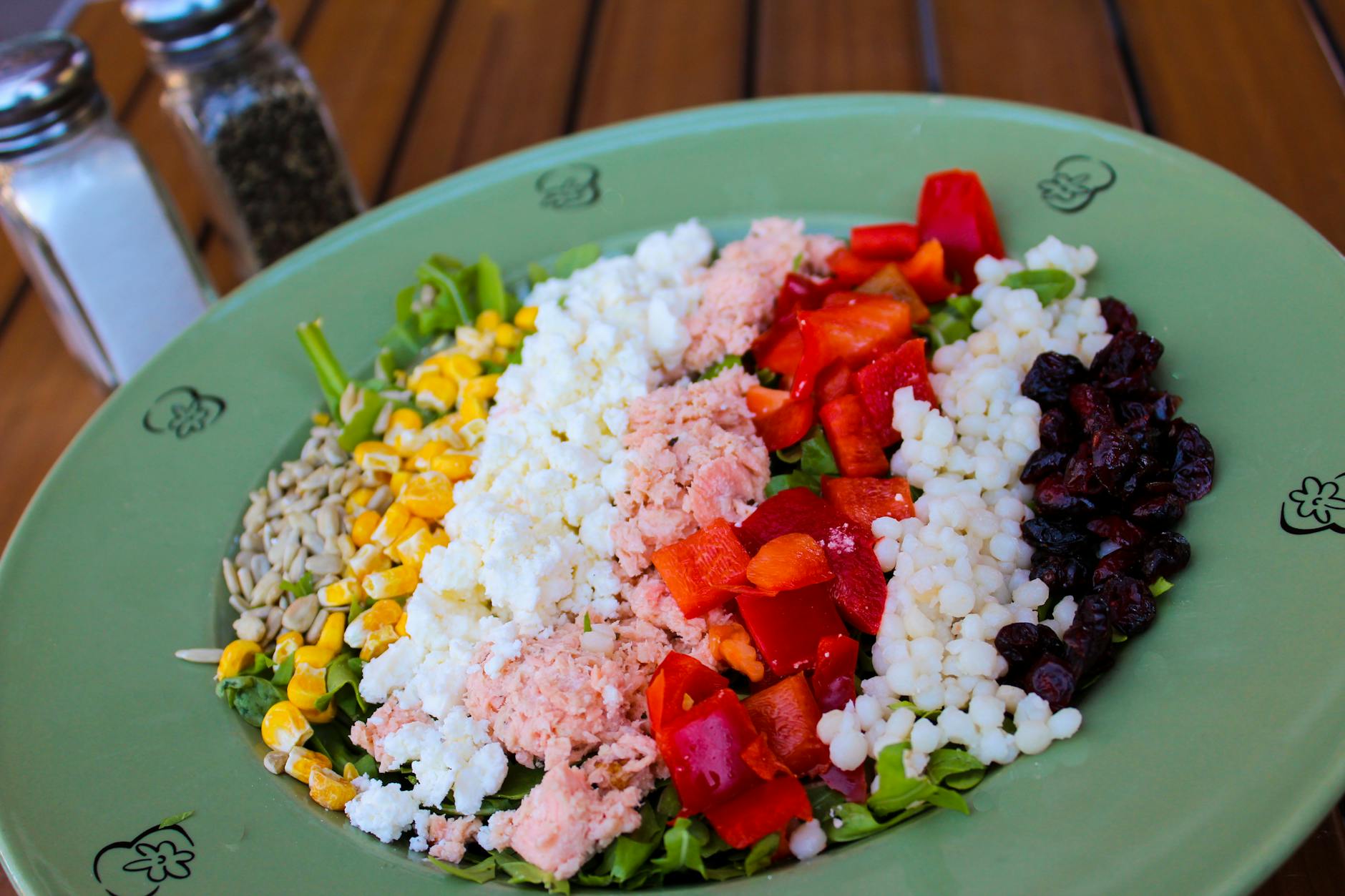
It doesn’t start with calories, it starts with how your plate makes you feel
You sit down to eat, but something feels off.
You’re not full. Or you’re too full.
The meal looked fine, but didn’t last.
It tasted good, but left you tired.
You start thinking maybe it’s not just the food.
Maybe it’s the balance.
Not just between ingredients—but between hunger, satisfaction, and energy.
A balanced plate doesn’t shout. It quietly carries you through the next few hours.
It leaves you full, not foggy. Fed, not stuffed.
You don’t need to count, but you do need to notice what’s missing
Some days you reach for bread.
Others, it’s just fruit and coffee.
But something’s usually missing.
Protein, maybe. Or fat. Or color.
You don’t need to log it all.
But you should notice what shows up—and what doesn’t.
Balance isn’t about adding more.
It’s about seeing clearly what’s already there.
And what isn’t serving you anymore.
Every plate starts with one quiet question—what do I want to feel like after this?
That one question changes everything.
Not “what should I eat?” but “how do I want to feel?”
Light, but not empty.
Comforted, but not heavy.
That’s the filter your meal moves through.
Not a rule. A feeling.
And it makes choices easier.
Suddenly greens aren’t guilt—they’re grounding.
Protein isn’t pressure—it’s power.
If there’s no color, there’s probably something missing
A beige meal tells on itself.
Toast, rice, pasta, crackers—they blur into each other.
Add one green thing, and it wakes the whole plate.
Add red, orange, purple—it starts to feel alive.
Color isn’t just pretty.
It’s a quiet signal of variety.
Fiber, vitamins, antioxidants—they travel in color.
If your plate is pale, pause.
Ask what could add brightness.
Protein is the part that keeps you full longer than you expect
You don’t always crave it.
But when it’s missing, you know.
You snack more. Think about food sooner.
Protein doesn’t have to be meat.
It can be eggs, beans, lentils, tofu, yogurt, nuts.
It takes time to break down.
Which means it holds you longer.
One good portion, and your afternoon feels different.
Not louder—just steadier.
Fat is not the villain—it’s the thing that helps you feel like you’ve actually eaten
Fat makes meals feel whole.
Without it, you chew and chew, then still feel empty.
Olive oil, avocado, tahini, nuts.
Even full-fat dairy, in the right dose.
It gives food that grounded texture.
It helps you absorb vitamins.
And it tells your brain, “We’ve eaten.”
Skipping it doesn’t save you—it confuses you.
Balance needs a little richness.
Carbs aren’t the problem—they’re the rhythm of the plate
Carbs get blamed often.
But without them, the plate loses its base.
They give energy. Comfort. Stability.
Whole grains last longer.
Potatoes satisfy more than we admit.
Even pasta has its place.
It’s not about avoiding—it’s about matching.
How much do you need, for this part of the day?
That’s your answer. Not a rule from somewhere else.
Vegetables change the entire experience without needing to be the whole meal
You don’t need a salad to be healthy.
But adding greens to any dish lifts it.
Roasted veggies on rice.
Spinach in your eggs.
Even just a handful of something fresh on top.
Vegetables bring contrast. Crunch. Color.
They’re not the punishment.
They’re the balance that makes everything else land better.
The right plate for you at 8am may not be the right plate at 8pm
Morning food feels different.
Sometimes light. Sometimes dense.
Evening meals might be more grounding.
The time of day matters more than we think.
What fuels you in the morning may slow you down at night.
Your plate shifts with your rhythm.
That’s not inconsistency. That’s awareness.
Let your needs lead—not a template.
You don’t need to get it perfect. You just need to notice what works
Balance isn’t math. It’s memory.
What made you feel good yesterday?
What left you sluggish or hungry too soon?
You don’t need a plan. Just attention.
Your body remembers more than a calorie counter does.
It knows what sits well. What feels right.
What felt like care, and what felt like control.
That’s how balanced plates build themselves.
One quiet check-in at a time.
